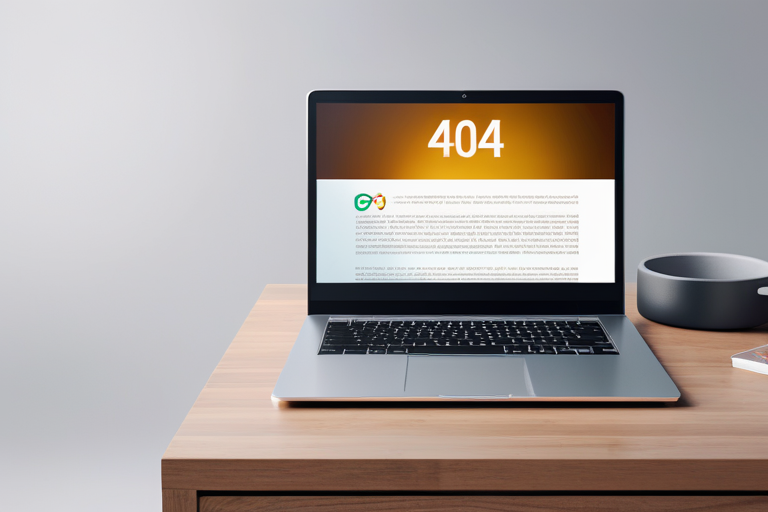Mitigating AI-Generated Fake URLs

The Rise of AI-Generated Fake URLs: A Challenge for Website Owners
AI content generation tools are increasingly being used to create content, but they can also generate fake URLs that lead to 404 errors. This issue is a concern for website owners and SEO professionals, as it can negatively impact user experience and conversions. In this section, we will delve into the implications of AI-generated fake URLs and explore strategies to mitigate their effects.
Understanding the Impact on Conversions
The potential impact of hallucinated links on conversions should not be underestimated. Even a small number of lost sales due to these links can be significant, especially for clients with high conversion values. For instance, if a website experiences 100 instances of hallucinated links per month, and each instance results in a lost sale worth $100, the total loss would amount to $10,000 monthly. This highlights the importance of addressing the issue promptly.
Google’s Recommendations
Google Search Advocate John Mueller offers valuable advice on how to tackle this challenge. Firstly, he emphasizes the importance of having a well-designed 404 page that provides alternatives and explains the site’s value. This approach helps users find what they are looking for and reduces bounce rates. Additionally, Mueller suggests collecting data before investing in solutions, ensuring that efforts are data-driven and effective. He also advises focusing on stable metrics rather than relying on accidental clicks, which can be fleeting and unreliable.
Strategies to Mitigate Hallucinations
SEO professionals, including Dan Thornton and Ammon Johns, recommend developing new strategies to combat hallucinated links. One approach is creating custom 404 pages that not only explain the situation but also offer warnings. This educates users about the potential for AI-generated fake URLs and how to identify them. Another strategy involves educating users through updates and content, empowering them with knowledge to distinguish between genuine and fake links.
Future Outlook and Preparations
According to John Mueller, there is likely to be a slight increase in hallucinated links over the next 6-12 months before consumer services adjust to better grounding on actual URLs. This prediction underscores the need for proactive preparations. Website owners should prioritize understanding their analytics, optimizing user experience, and staying abreast of the latest SEO best practices to navigate this challenge effectively.
Practical Advice for Website Owners
To mitigate the effects of AI-generated fake URLs, website owners should:
- Monitor their website’s analytics closely to identify instances of hallucinated links.
- Develop a comprehensive 404 page strategy that includes explanations, alternatives, and warnings about fake URLs.
- Focus on creating high-quality, engaging content that attracts and retains users, reducing reliance on accidental traffic.
- Stay updated with the latest recommendations from Google and SEO experts to ensure their strategies are aligned with best practices.
By adopting these strategies and staying informed, website owners can effectively manage the challenge posed by AI-generated fake URLs, protecting their user experience and conversion rates.

 Never miss an update from us, subscribe to our newsletter
Never miss an update from us, subscribe to our newsletter